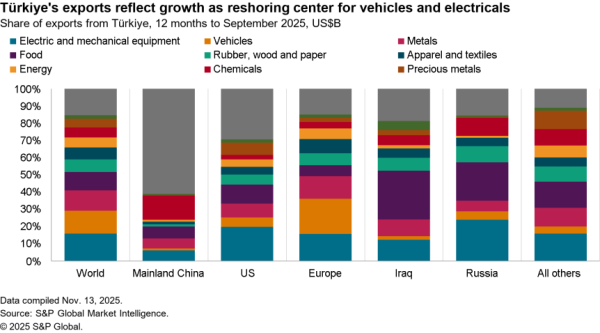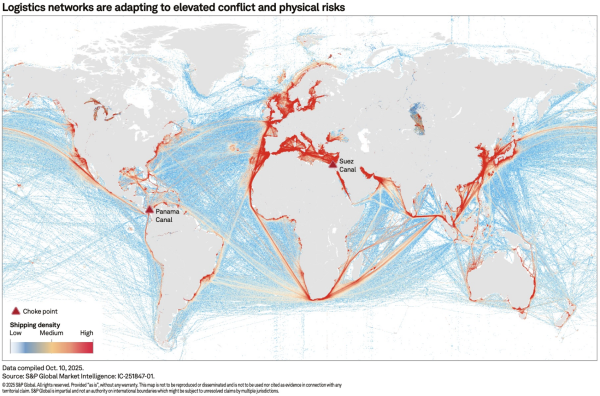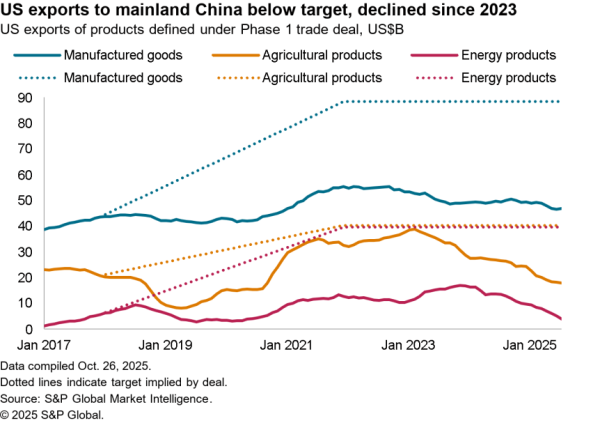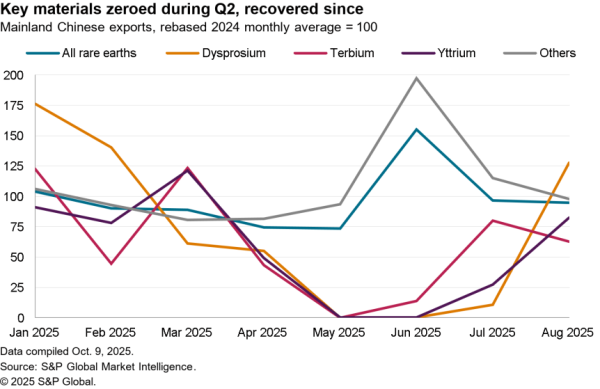Top Glove faces a 14 day curb to production in the period to Nov. 30 at its Malaysian operations after the government restricted the use of foreign workers’ living quarters, Reuters reports. That follows controversy regarding the firm’s labor practices that led to temporary Withhold Release Orders imposed by the U.S. government on its imports from Malaysia, outlined in Panjiva’s research of July 21, which remains in place.
Panjiva’s data shows that U.S. seaborne imports from Malaysia linked to Top Glove dropped by 73.2% year over year in October as a result of the WRO. That dragged total imports linked to the firm down by 56.2% in the month and by 69.6% from its peak in July despite an increase in shipments from Thailand. A drop in imports from China in Q3 and October likely indicates a renewed retention of products in that country ahead of the risk of a further outbreak.

Source: Panjiva
The loss of Top Glove’s supplies has acted as a drag on total U.S. seaborne imports of rubber gloves. While they are still 24.1% higher than a year earlier as of October, they fell by 10.7% sequentially in July and have only increased by 1.4% since then including a 0.9% dip in October versus September.
That will only increase the impetus for the Trump administration in its remaining term and for the incoming Biden administration to speed up the onshoring of medical supply chains. One challenge in rubber gloves is that imports of natural rubber is still needed, or credible synthetic alternatives will be needed.
The loss of supplies from Top Glove has been compensated for by increased shipments from Kossan Rubber and Sri Trang Gloves with shipments that increased by 52.0% and 50.6% respectively in October versus July while imports linked to Hartalega rose by a less modest 34.5%.

Source: Panjiva




